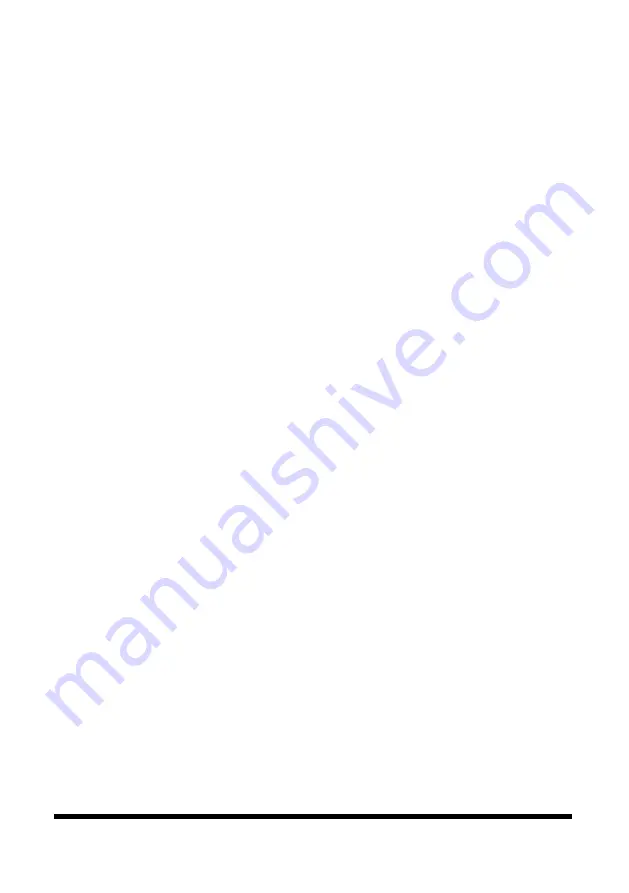
V4.0
200A Multi-Process Welder with LCD Display
8785115
Visit www.princessauto.com for more information
39
established tilt the torch at about a 75° angle and move smoothly and evenly
along the joint while fusing the materials together.
TIG WELDING WITH FILLER WIRE TECHNIQUE
It is necessary in many situations with TIG welding to add a filler wire into the
weld pool to build up weld reinforcement and create a strong weld. Once the arc
is started, the torch tungsten is held in place until a weld pool is created, a
circular movement of the tungsten will assist is creating a weld pool of the
desired size. Once the weld pool is established, tilt the torch at about a 75°
angle and move smoothly and evenly along the joint. The filler metal is
introduced to the leading edge of the weld pool. The filler wire is usually held at
about a 15° angle and fed into the leading edge of the molten pool, the arc will
melt the filler wire into the weld pool as the torch is moved forward. Also a
dabbing technique can be used to control the amount of filler wire added, the
wire is fed into the molten pool and retracted in a repeating sequence as the
torch is moved slowly and evenly forward. It is important during the welding to
keep the molten end of the filler wire inside the gas shield as this protects the
end of the wire from oxidizing and contaminating the weld pool.
TUNGSTEN ELECTRODES
Tungsten is a rare metallic element used for manufacturing TIG welding electrodes.
The TIG process relies on tungsten’s hardness and high-temperature resistance to
carry the welding current to the arc. Tungsten has the highest melting point of any
metal 6,170 °F (3,410 °C).
Tungsten electrodes are non-consumable and come in a variety of sizes, they are
made from pure tungsten or an alloy of tungsten and other rare earth elements.
Choosing the correct tungsten depends on the material being welded, the amount
of amps required and whether you are using AC or DC welding current.
Tungsten electrodes are colour-coded at the end for easy identification.
THORIATED
(Colour Code: Red)
WARNING! Thoriated tungsten should not come in contact with open cuts or
wounds. The more significant danger to welders can occur when thorium
oxide gets into the lungs. This can happen from the exposure to vapours
during welding or from ingestion of material/dust in the grinding of the
tungsten. Follow the manufacturer’s warnings, instructions and the Safety
Data Sheet (SDS) for its use.
















































